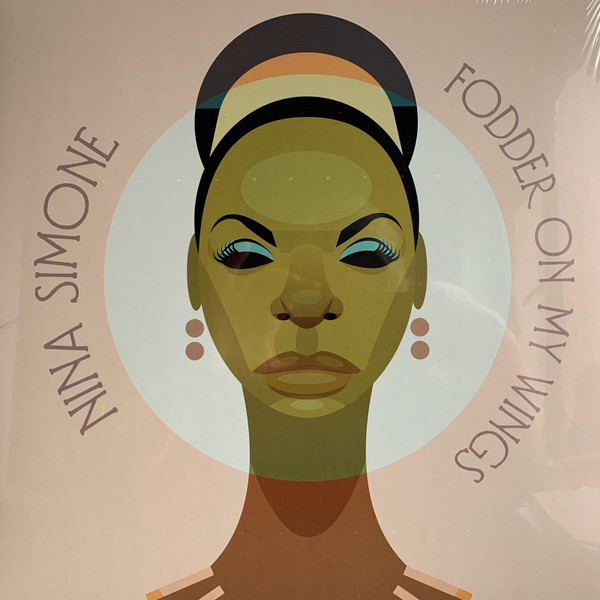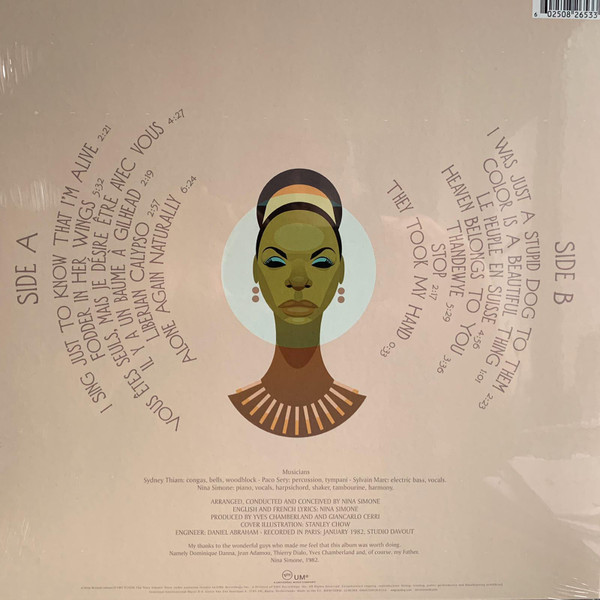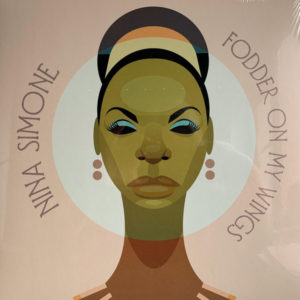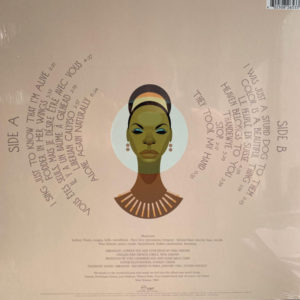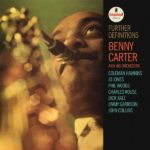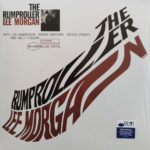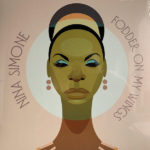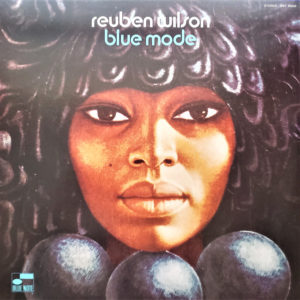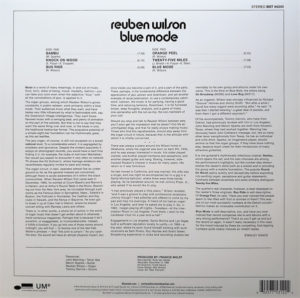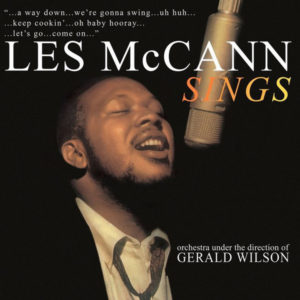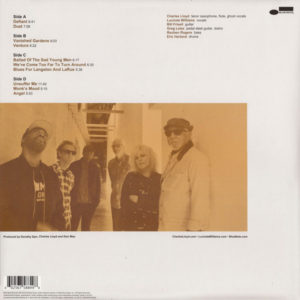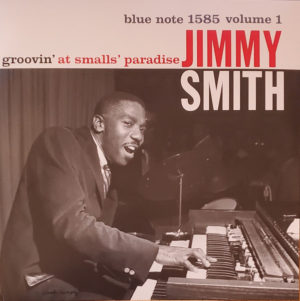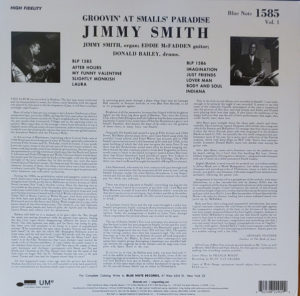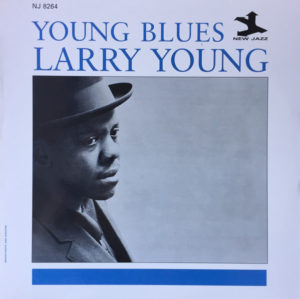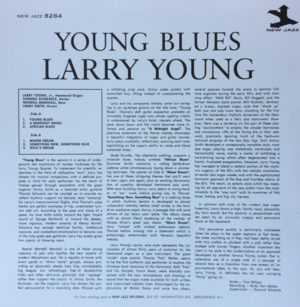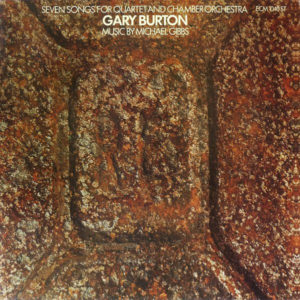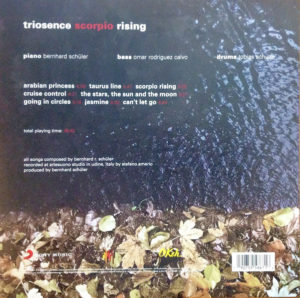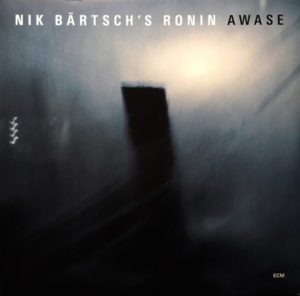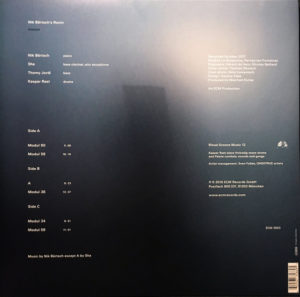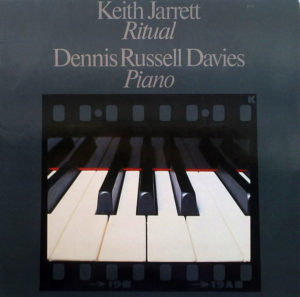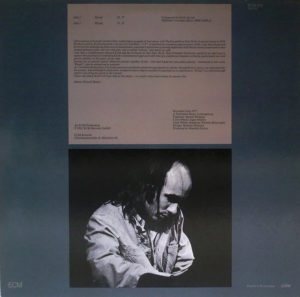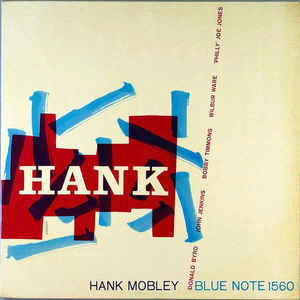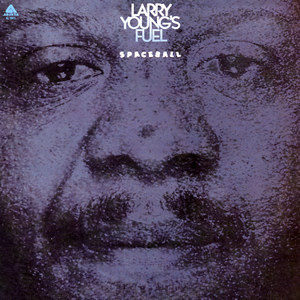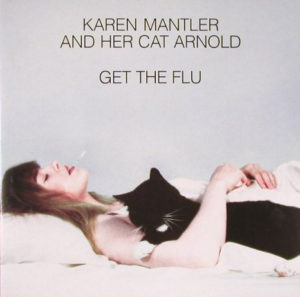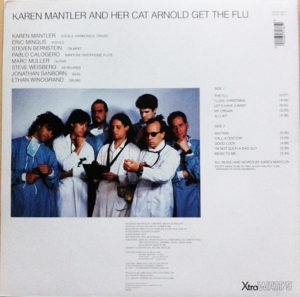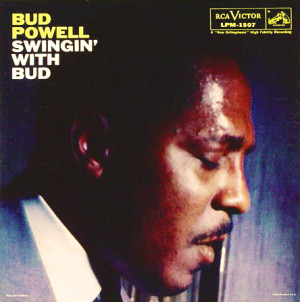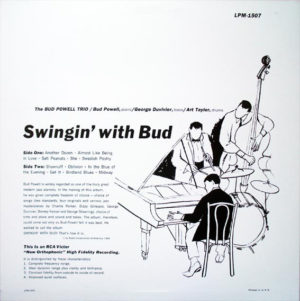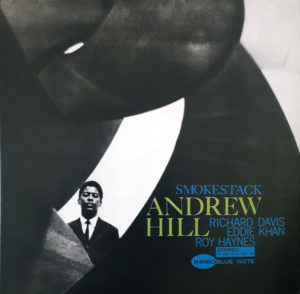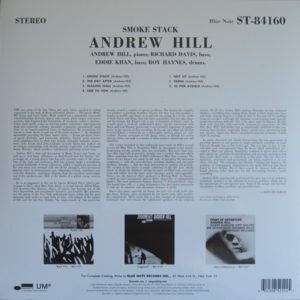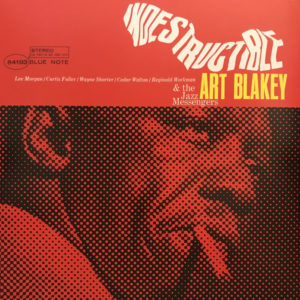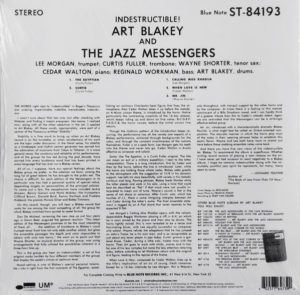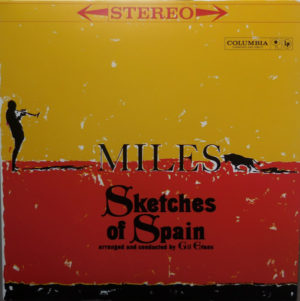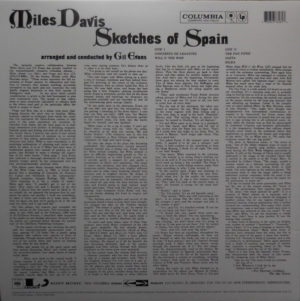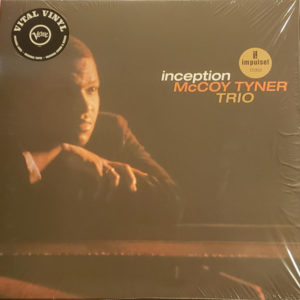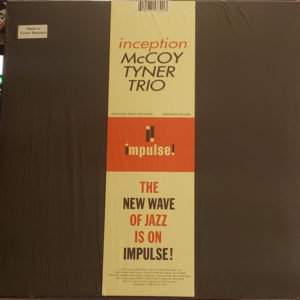NINA SIMONE – FODDER ON MY WINGS
1.245,00 ₺
LP * VERVE * 2020 * EUROPE
KONDİSYON/KAPAK : SS (STILL SEALED) (10/10)
KONDİSYON/PLAK : SS (STILL SEALED) (10/10)
180 GR.
- Ek bilgi
- ALBÜM DEĞERLENDİRMESİ
Ek bilgi
| Artist | |
|---|---|
| Format | |
| Firma | |
| Basım Yılı | |
| Basım Yeri |
“I’ll tell you what freedom is to me,” Nina Simone once said: “No fear.” If many of the most important records of the soul icon’s career were about political freedom, her 1982 album Fodder on My Wings, newly reissued, was about personal freedom—about liberating herself from her past and finding the liberty to create as she pleased. It was Simone’s means of working through fear—of death, manipulation, discrimination—in search of joy and self-discovery.
A marvel of self-expression, Fodder on My Wings is a culmination of Simone’s frustrations molded into a jarring personal statement. At times manic, at times depressive, she shares many different sides of herself in vignettes that make up a portrait both intimate and immense. Although it does not achieve the unrivaled brilliance of the performances on her albums for Philips, it marks her creative apex as an artist, somehow both her most worldly and her most introspective work.
Even in Simone biographies, Fodder on My Wings is usually represented as an outlier in her career. But it is a strange, captivating document that helped capture what a complicated person she was, the tumultuous life she’d led, and the nature of her travels. Some songs she sang in English, some in French, and on others she alternated between the two languages. The album contains some of the most poignant ballads of her entire catalog, some songs that could double as rallying cries, and others that feel like fun sketches made for her own amusement. It is a record as unsteady, daring, damaged, and sensational as she was.
For a while, it didn’t seem like Simone would be back in a studio again. Her 1978 album Baltimore had soured her on the recording process. She butted heads with CTI producer Creed Taylor, recording all that record’s vocals in a single hour-long session on the final day of taping. “The material was not my personal choice, and I had no say whatsoever in the selection of songs. It was all done before I could make any decisions,” she later claimed. Simone was not fond of the album’s reggae-tinged sounds and rhythms (“What is this corny stuff,” she asked CTI arranger Dave Matthews). The album recreated songs by Randy Newman, Judy Collins, and Hall & Oates, and while it is often hailed as a late-career highlight, Simone said that she felt forced into making it.
After the experience with CTI, Simone sought greater authority in recording Fodder on My Wings. She always exercised some measure of control over what she recorded, but this was different. She was adamant about composing and arranging nearly every song, and she wanted it known that she had done just that. She played all of the piano parts. She enlisted African percussionists Paco Sery and Sydney Thaim—who played congas, bells, timpani, and woodblock—and bassist Sylvin Marc. All three men sang backup. This band produced what Simone liked to call black classical music, parlor music which drew on soul sounds and calypso rhythms. It was the sound of her recent travels.
www.pitchfork.com

